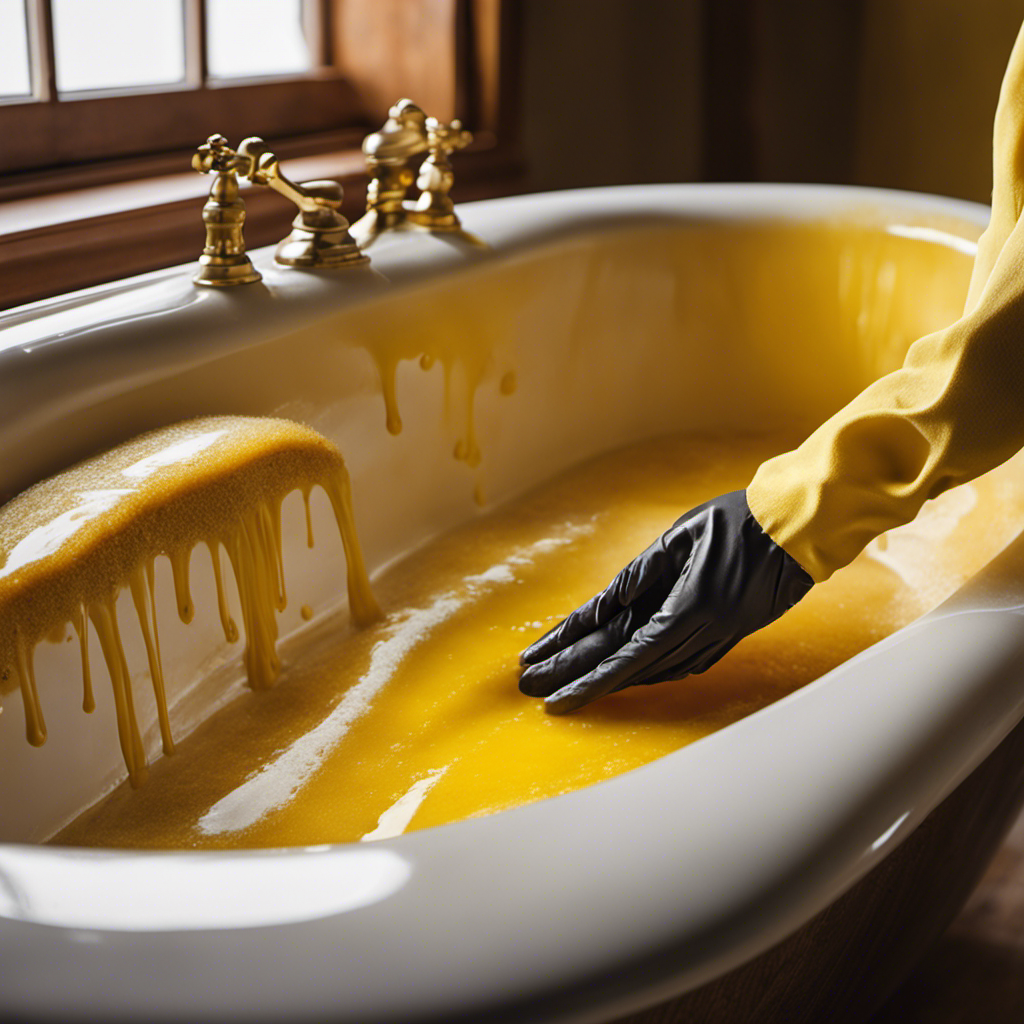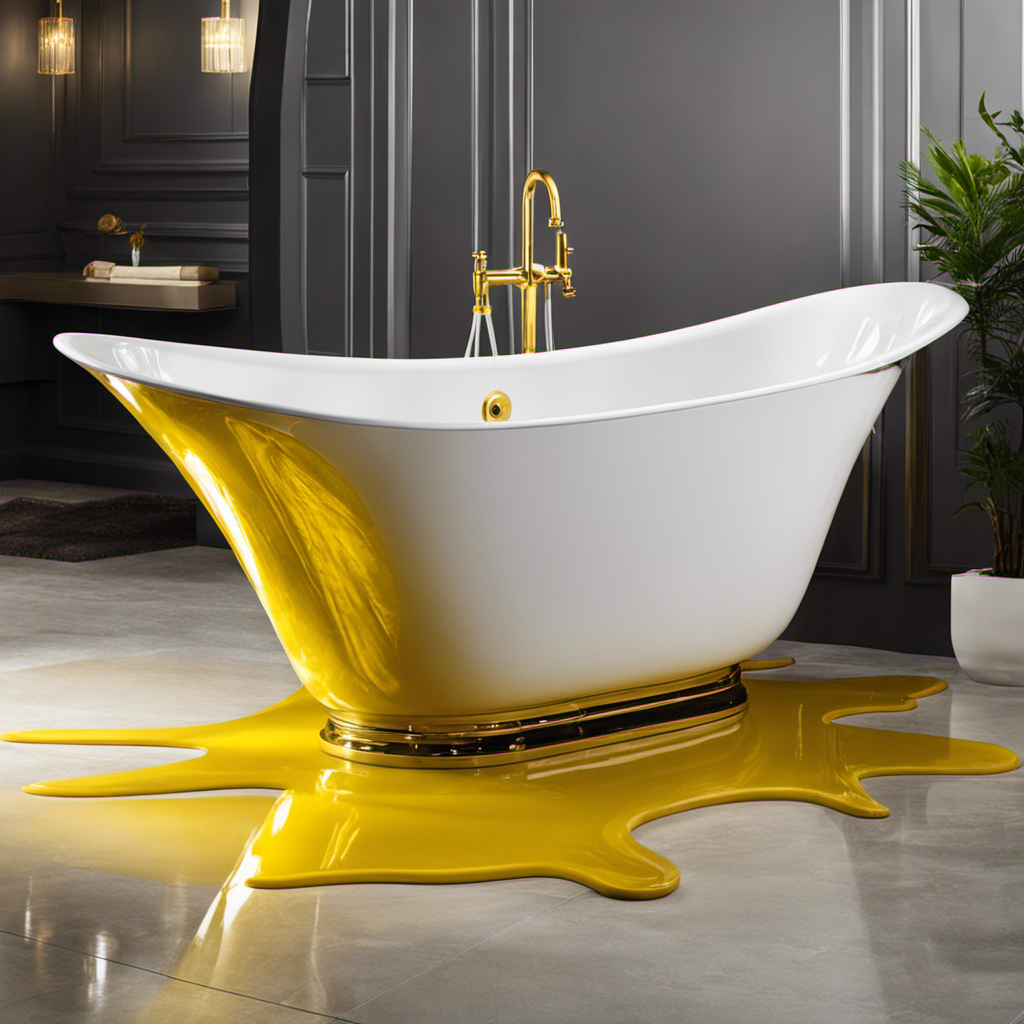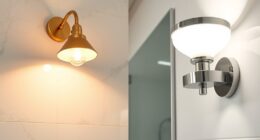Well, looks like my relaxing bath time just got a little less relaxing.
I recently discovered that my bathtub is not level, and let me tell you, it’s been quite the balancing act trying to enjoy a soak without feeling like I’m about to tumble out.
But fear not, fellow bathtub enthusiasts! I’ve done my research and found some practical solutions to fix this wobbly situation.
So, if you’re ready to regain your equilibrium in the tub, let’s dive into how to fix a bathtub that is not level.
Key Takeaways
- Gather necessary tools: level and measuring tape
- Identify the cause of the unevenness to prevent water damage and ensure proper drainage
- Adjust the bathtub legs or base to maintain stability and a comfortable bathing experience
- Use shims to create a stable foundation and level surface, ensuring proper alignment and secure placement.
Assessing the Level of the Bathtub
Before we begin assessing the level of the bathtub, it’s important to gather the necessary tools and equipment. You will need measuring tools such as a level and a measuring tape. These tools will help you determine the exact angle and height of the bathtub.
It’s also crucial to consider seeking professional assistance if you are unsure about how to properly assess and fix the level of your bathtub. A professional can provide expert advice and guidance, ensuring that the bathtub is leveled correctly and securely.
Identifying the Cause of the Unevenness
To determine why your tub is uneven, you can start by checking for any underlying structural issues. There are several possible causes of bathtub unevenness, and identifying the specific cause is crucial for effective repair.
One common cause is the settling of the house over time, which can lead to a sagging floor beneath the tub. Another possibility is improper installation, where the tub was not leveled correctly during the initial setup. Additionally, damaged or worn-out support structures, such as floor joists or subfloor, can also result in an uneven bathtub.
It is important to address this issue promptly because a level bathtub is essential for proper drainage and prevents potential water damage to the surrounding areas.
Adjusting the Bathtub Legs or Base
You can easily adjust the bathtub legs or base to ensure it is level and stable. If you find that the bathtub is not level, it is important to address the issue promptly to prevent further damage.
One option is to replace the bathtub legs if they are damaged or worn out. To do this, you will need to remove the old legs and replace them with new ones that are the correct height.
Another option is to adjust the bathtub base support. This involves adjusting the height of the support feet or adjusting the position of the base to level the bathtub.
Both of these methods can help to ensure that your bathtub is level and stable, providing you with a comfortable bathing experience.
Now let’s move on to the next step, which involves using shims to level the bathtub.
Using Shims to Level the Bathtub
Now, if your bathtub is uneven, using shims can help you achieve a level surface. Shims are thin pieces of material that can be placed under the legs or base of the bathtub to even out the height and create a stable foundation.
While shims are a commonly used method for leveling a bathtub, there are other alternative leveling methods available as well. However, it’s important to be aware of the common mistakes that people make when using shims. These include using shims that are too thick, not properly aligning the shims, or not securing the shims in place.
To avoid these mistakes, ensure that you use shims of the appropriate thickness, align them correctly, and secure them tightly. Once you have successfully leveled the bathtub using shims, it’s essential to check and test the levelness to ensure that the surface is truly level.
Checking and Testing the Levelness of the Bathtub
Once you’ve successfully used shims to level the bathtub, it’s important to check and test its levelness to ensure a stable surface.
Start by measuring the slope of the bathtub surface using a level. Place the level in different areas of the tub, both lengthwise and widthwise, and check if the bubble is centered. If the bubble is off-center, this indicates an uneven surface.
To fix this, you can explore professional leveling options for bathtubs. One option is to hire a professional to reposition the bathtub, ensuring an even and level surface. Another option is to use self-leveling compound, which can be applied to the uneven areas to create a smooth and level surface.
Conclusion
In conclusion, fixing a bathtub that isn’t level can be a simple and practical task.
By assessing the level of the bathtub, identifying the cause of the unevenness, and making necessary adjustments, you can restore the levelness and stability of your bathtub.
It’s interesting to note that according to a survey conducted by a home improvement magazine, approximately 30% of homeowners have experienced an uneven bathtub at some point.
By following the steps outlined in this article, you can easily fix this common problem and enjoy a level and comfortable bathing experience.










